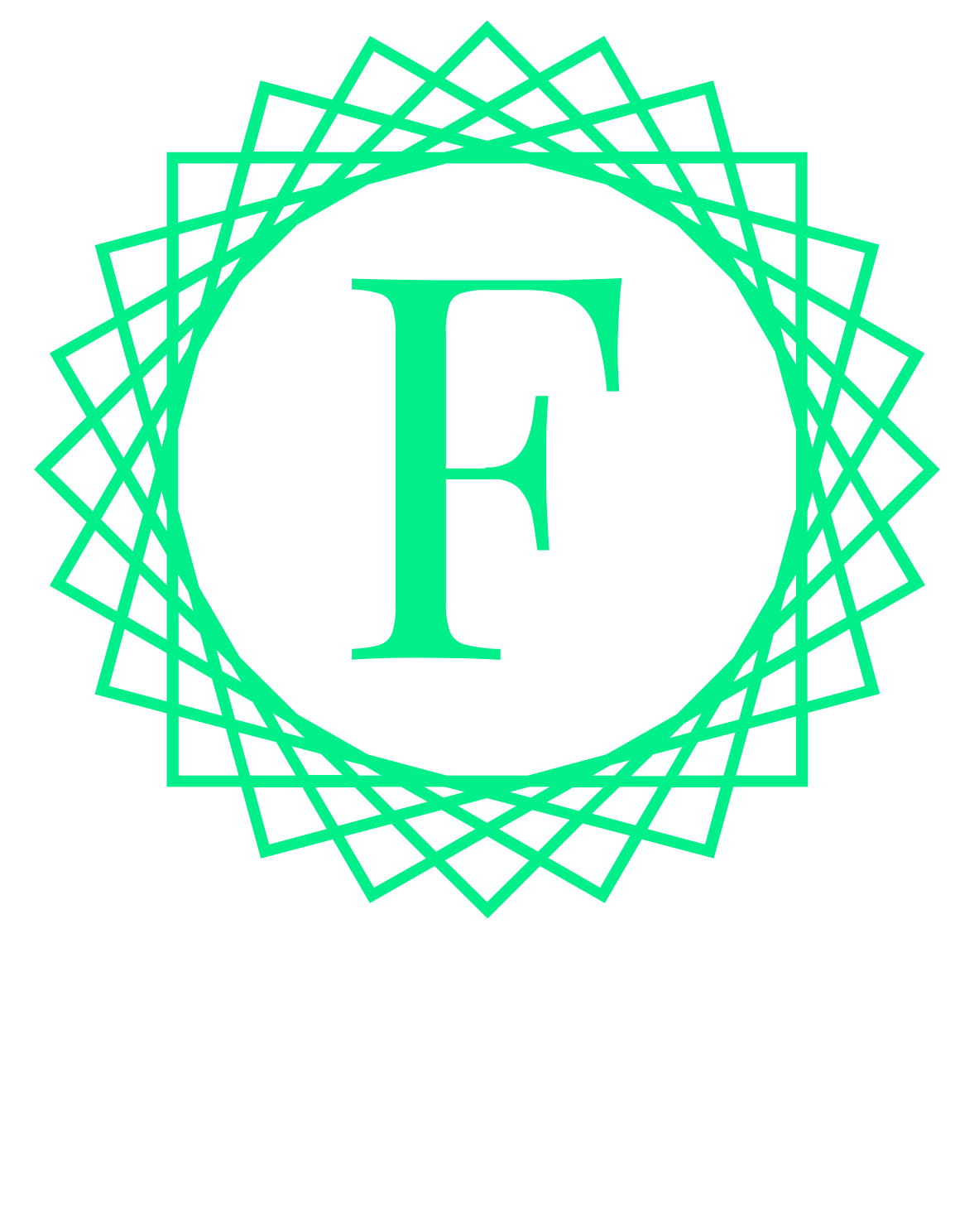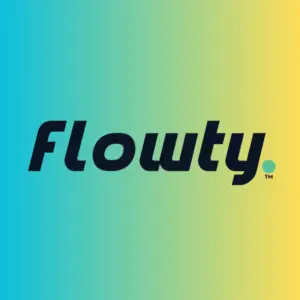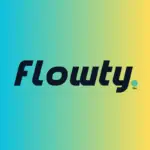The blockchain space is evolving rapidly, with new technologies making decentralized applications (dApps) faster, more scalable, and more user-friendly. One of the most innovative blockchains leading this evolution is Flow—a developer-friendly, high-performance blockchain designed for the next generation of Web3 experiences.
In this guide, we’ll explore what makes Flow unique, why it’s ideal for developers and creators, and how you can get started with it. We’ll also examine a real-world case study and provide an advanced development guide for those ready to build on Flow.
What is Flow Blockchain?
Flow is a layer-1 blockchain created by Dapper Labs, the company behind NBA Top Shot and CryptoKitties. It was designed to solve the scalability issues that many blockchains face without compromising decentralization or security.
Unlike traditional blockchains, which struggle with congestion and high fees, Flow introduces a multi-role architecture that optimizes efficiency and performance.
Key Features of Flow
-
Multi-Role Architecture – Instead of every node performing all tasks (as seen in traditional blockchains like Ethereum), Flow separates tasks across different types of nodes, significantly improving scalability.
-
Cadence Smart Contracts – Flow uses Cadence, a resource-oriented programming language designed for security and ease of use, making it easier to develop secure dApps and NFTs.
-
Developer & User-Friendly – Flow offers upgradeable smart contracts, meaning developers can improve contracts after deployment, and human-readable accounts, making blockchain interactions simpler for users.
-
Eco-Friendly – Flow is designed to be highly energy-efficient compared to proof-of-work blockchains like Bitcoin, making it a greener alternative.
Why Choose Flow?
Flow is rapidly gaining adoption due to its ability to power engaging experiences in gaming, digital collectibles, and decentralized applications. Major brands like NBA, UFC, and Mattel are already leveraging Flow to create next-generation Web3 experiences.
For developers, Flow provides a rich ecosystem of tools, a supportive community, and seamless integrations with major Web3 platforms.
Real-World Case Study: NBA Top Shot
The Challenge
Before Flow, blockchain-based collectibles like CryptoKitties suffered from scalability issues, leading to network congestion and high gas fees on Ethereum. Dapper Labs needed a blockchain that could handle high transaction volumes while keeping fees low for mainstream adoption.
The Solution
Dapper Labs built NBA Top Shot on Flow, allowing users to buy, sell, and trade officially licensed NBA video highlights as NFTs. Flow’s architecture enabled:
- Fast & cheap transactions: Unlike Ethereum, where gas fees can fluctuate significantly, Flow provides predictable, low-cost transactions.
- Mainstream accessibility: Users can purchase NFTs using credit cards, removing the barrier of needing cryptocurrency.
- High engagement & revenue: NBA Top Shot has generated over $1 billion in transactions, proving that Flow can handle large-scale projects with mainstream adoption.
Key Takeaways
NBA Top Shot showcases Flow’s scalability, usability, and commercial viability. It demonstrates that Flow is not just for crypto-native users but can support mass-market applications.
Getting Started with Flow
If you’re looking to explore Flow blockchain, here are the best steps to get started:
1. Create a Flow Wallet
Sign up for a Flow-compatible wallet such as Blocto, Dapper Wallet, or Lilico to store and manage digital assets.
2. Learn Cadence
Flow’s smart contract language, Cadence, is beginner-friendly yet powerful. The best way to learn is through Flow’s Cadence Tutorials.
3. Build Your First dApp
Use Flow’s developer tools like Flow CLI, FCL (Flow Client Library), and Flow Playground to start building decentralized applications.
4. Join the Flow Community
Engage with other builders in the Flow Discord and explore the latest projects being built on Flow.
Advanced Development Guide: Building a Smart Contract on Flow
For developers ready to dive deeper, here’s a step-by-step guide to writing and deploying a smart contract using Cadence, Flow’s resource-oriented programming language.
Step 1: Set Up Your Development Environment
Before writing a smart contract, ensure you have the following:
- Install Flow CLI → Flow CLI Installation Guide
- Use the Flow Playground (ideal for testing smart contracts)
- Set up VS Code + Cadence extension for a better development experience
Step 2: Write a Simple Smart Contract in Cadence
Here’s a basic Cadence smart contract that defines a simple NFT:
Contract Name: SimpleNFT
This contract defines a digital asset (NFT) with an ID.
pub contract SimpleNFT {
pub resource NFT {
pub let id: UInt64
init(_ id: UInt64) {
self.id = id
}
}
pub fun createNFT(_ id: UInt64): @NFT {
return <- create NFT(id)
}
}
Step 3: Deploy the Contract
- Use Flow Playground or Flow CLI to deploy the contract.
- Test the contract by minting an NFT and storing it in an account.
Step 4: Interact with the Contract
- Use Flow Client Library (FCL) to interact with your smart contract from a frontend dApp.
- Integrate with a Flow wallet like Blocto to enable user authentication.
For a more in-depth guide, visit the Cadence Documentation.
Final Thoughts
Flow blockchain is revolutionizing the way developers and brands build Web3 experiences. Its scalability, developer-friendly tools, and energy efficiency make it a top choice for the next generation of dApps and digital assets.
Whether you’re a beginner exploring Flow or an advanced developer building smart contracts, there’s a place for you in the Flow ecosystem.
Ready to start building? Explore Flow’s tools and resources today:















